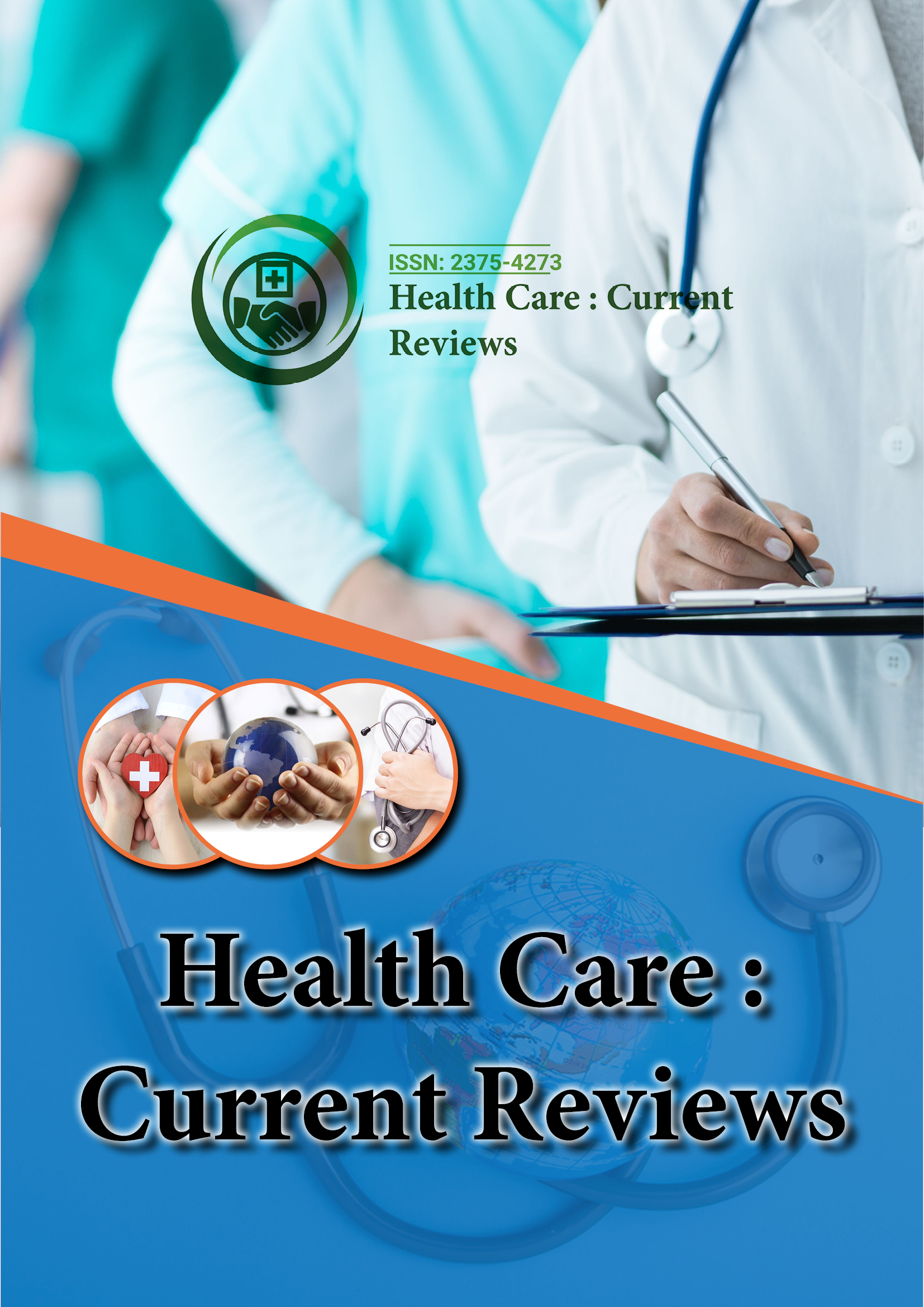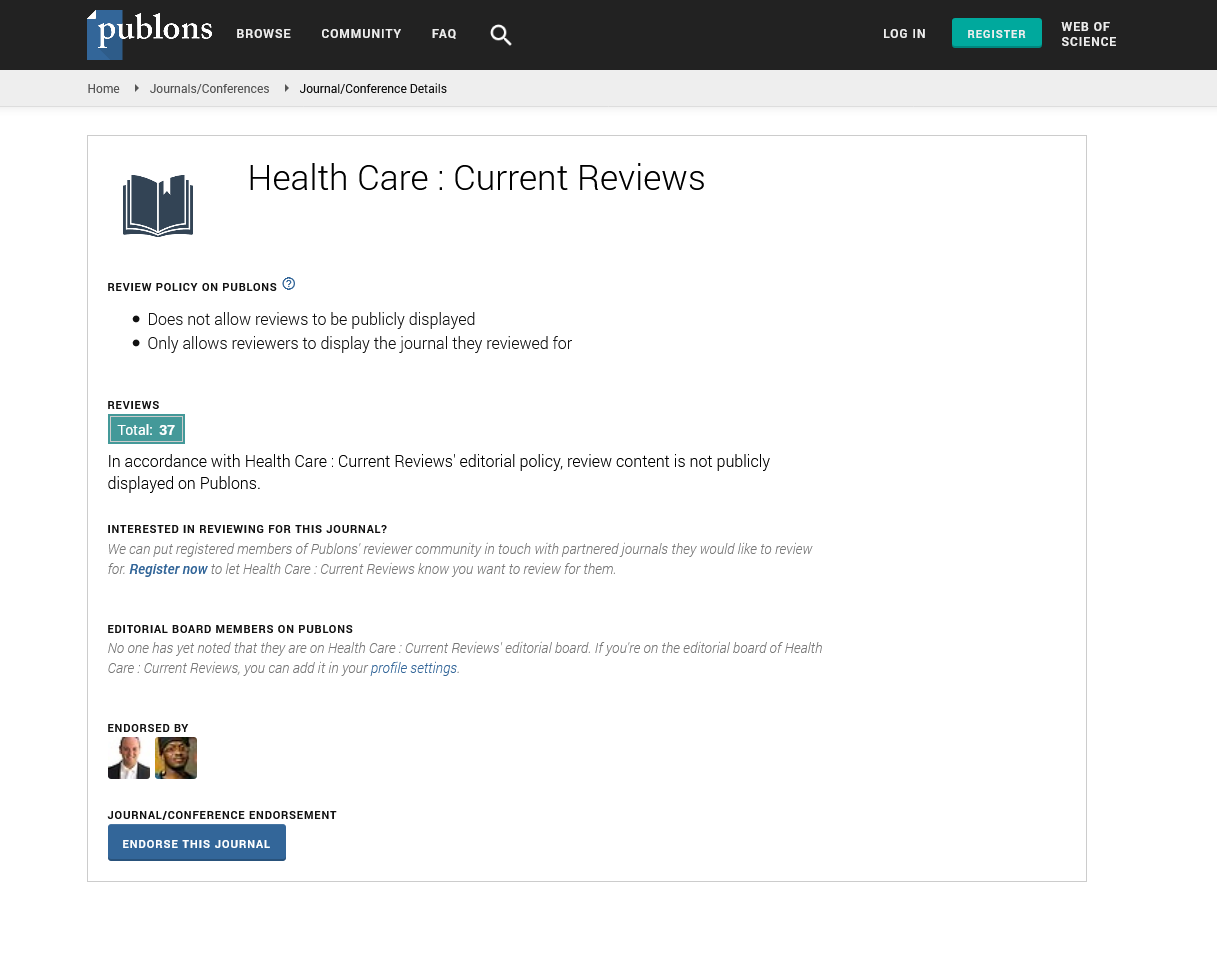Indexed In
- Open J Gate
- Academic Keys
- RefSeek
- Hamdard University
- EBSCO A-Z
- Publons
- Geneva Foundation for Medical Education and Research
- Google Scholar
Useful Links
Share This Page
Journal Flyer

Open Access Journals
- Agri and Aquaculture
- Biochemistry
- Bioinformatics & Systems Biology
- Business & Management
- Chemistry
- Clinical Sciences
- Engineering
- Food & Nutrition
- General Science
- Genetics & Molecular Biology
- Immunology & Microbiology
- Medical Sciences
- Neuroscience & Psychology
- Nursing & Health Care
- Pharmaceutical Sciences
EMAS clinical guide: Assessment of the endometrium in peri and post-menopausal women
Euro Health Care and Fitness Summit
September 01-03, 2015 Valencia, Spain
Eva Dreisler
University of Copenhagen, Denmark
Posters-Accepted Abstracts: Health Care: Current Reviews
Abstract:
Invasive as well as non-invasive methods are available for assessment of the endometrium (the inner mucosal lining of the uterus). The aim of the EMAS clinical guide is to provide evidence-based advice on endometrial assessment in both peri and postmenopausal women. The guideline is based on literature review and expert opinion. Conclusions from the guideline: Transvaginal ultrasonography is the first-line test after initial speculum examination and cervical cytology (PAP smear). Transvaginal ultrasound is non-invasive and will not only measure endometrial thickness, but also detect other pelvic pathology such as leiomyomas or ovarian tumors. The main indication for invasive methods is to obtain endometrial tissue to diagnose or exclude the presence of endometrial cancer or pre-malignancies. Biopsy is mainly undertaken in an outpatient procedure, but sampling is blind. Endoscopy of uterine cavity (Hysteroscopy) is used when focal lesions affecting the uterine cavity are suspected e.g. endometrial polyps or sub-mucous fibroids. None of the available methods are perfect. Ultrasound evaluation is dependent on the experience of the examiner, the equipment and the quality of the visualization. Hysteroscopy too is dependent on the examiner and fibroids may obstruct visualization. Blind endometrial biopsy procedures often miss focal lesions. Thus re-examination is necessary when symptoms persist and no explanation for these has been identified. The EMAS clinical guide evaluates the different methods of endometrial assessment, their indications and limitations. Guidance is also given about dealing with inconclusive investigations and persistent symptoms.
Biography :
Eva Dreisler is a Consultant at the Department of Gynecology and Obstetrics, Rigs Hospitalet, Copenhagen University Hospital. She graduated from University of Copenhagen, Medical school in 1996. In 2008, she defended her PhD thesis “Endometrial polyps: Prevalence, ultrasonographic aspects and associated factors”. Her primary interests are ultrasound in gynecology and minimally invasive surgery, especially hysteroscopic surgery. She has contributed both with peer-reviewed papers on these topics and guidelines. She is Associate Editor for the journal “Gynecologic and Obstetric Investigation” and a member of the Steering Committee for Danish Hysterectomy Database.
Email: dreisler@dadlnet.dk

